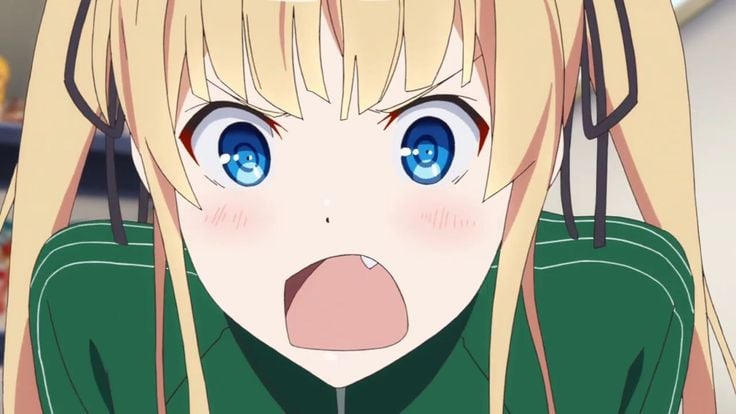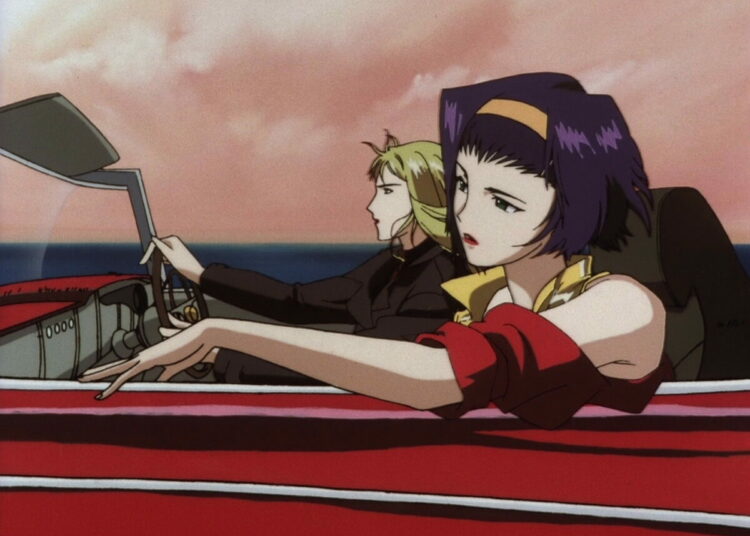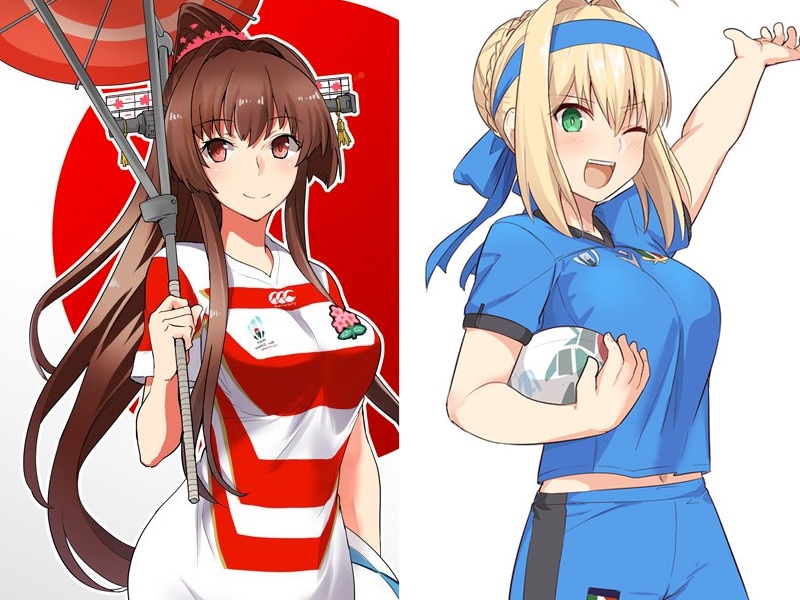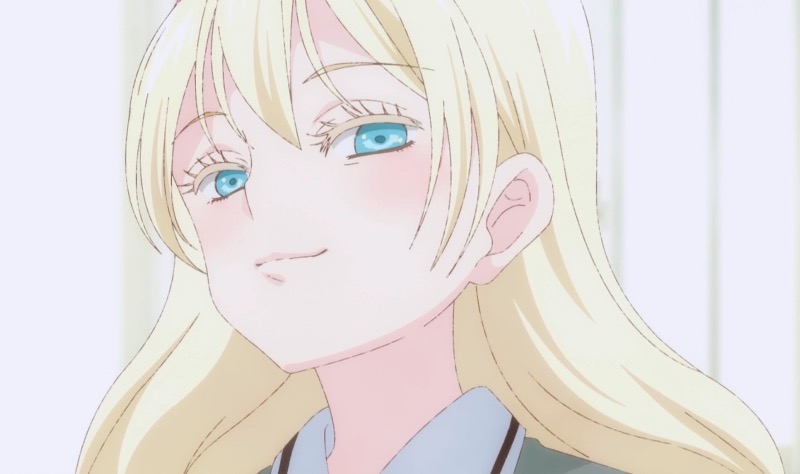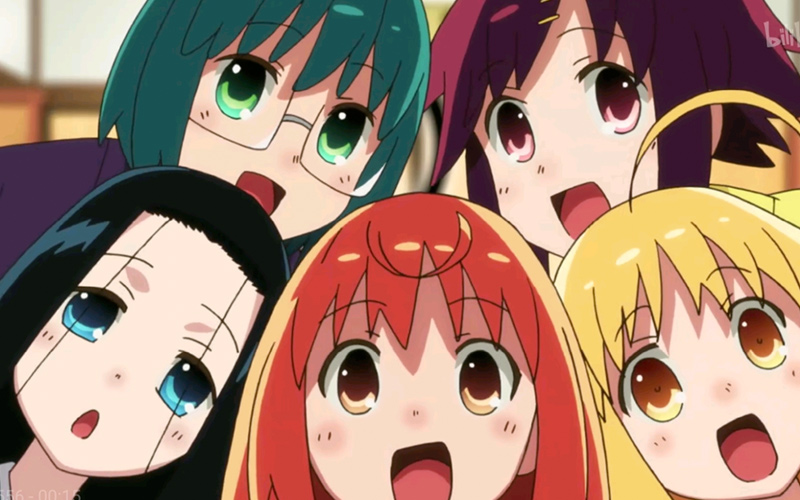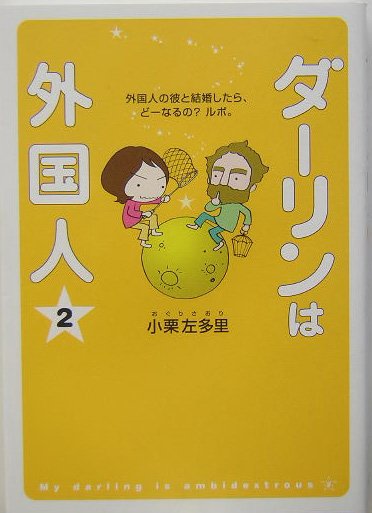Imagine if 25% of all Americans lived around the Washington DC area? It would be pretty crowded, and not very fun to get in and out of around holidays. That’s exactly the case with Japan, though, where one in four people live in the sprawling Greater Tokyo Area, and as you can imagine, holidays like the just-ended Obon break end with incredibly long trails of cars as people hurry to get back home in time for work on Monday. While most of Tokyo’s residents seem quite happy living in an area with a population density north of 5500 people per square kilometer, some decide they’d rather leave the crowded metropolis behind forever. Japanese who came to Tokyo from a more rural part of the country and decide to return home make what’s called a U-Turn in Japanese, in essence giving up their life in Tokyo to return to their hometown to live. Perhaps the area of Japan they originally came from is a little too rural for them, and they’d prefer to live in a city near their home town instead: this is known as a J-Turn, essentially a “partial” U-Turn, since a J looks like half of a U, or something like that. Finally, Tokyo-ites who just want to get the heck out of the city and live a simpler life in a less populated part of thr country make what’s known as an I-Turn, from the word inaka, meaning “the boonies.” I’ve got a (gaijin) friend who did this: he worked in Tokyo, saving money while searching for a suitable plot of land to buy in Nagano Prefecture, where the Olympics were held in 1998. Now he’s enjoying life away from the bustle of Tokyo, able to do the same work he did before thanks to the Internet. I wonder if the same dynamic is at work in New York or Los Angeles, with cities that get so big they start pushing people out?
Here’s a picture of the kisei rush or return-to-Tokyo rush. Would you like to sit in a car for 10 hours on the last day of your vacation?



